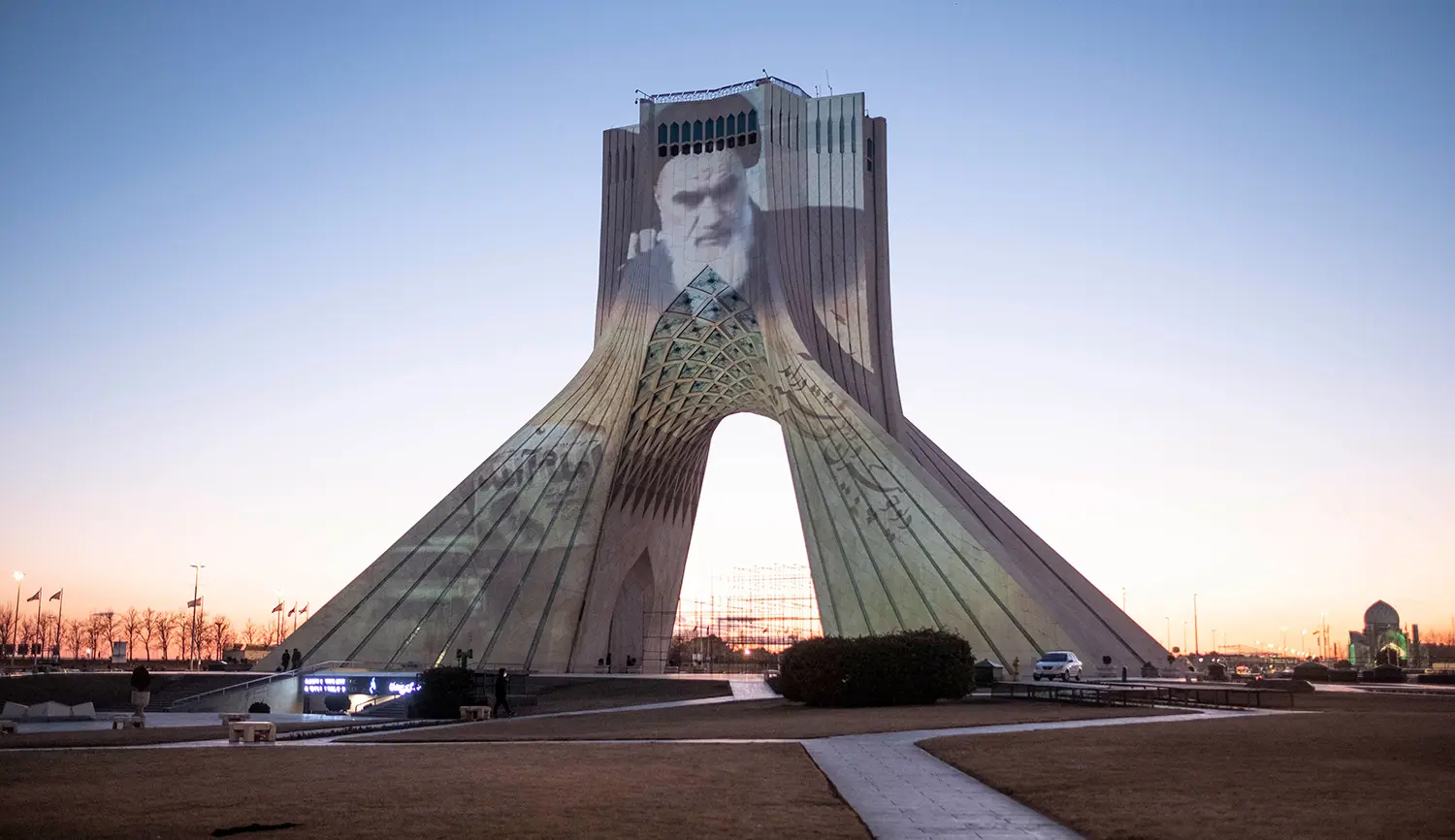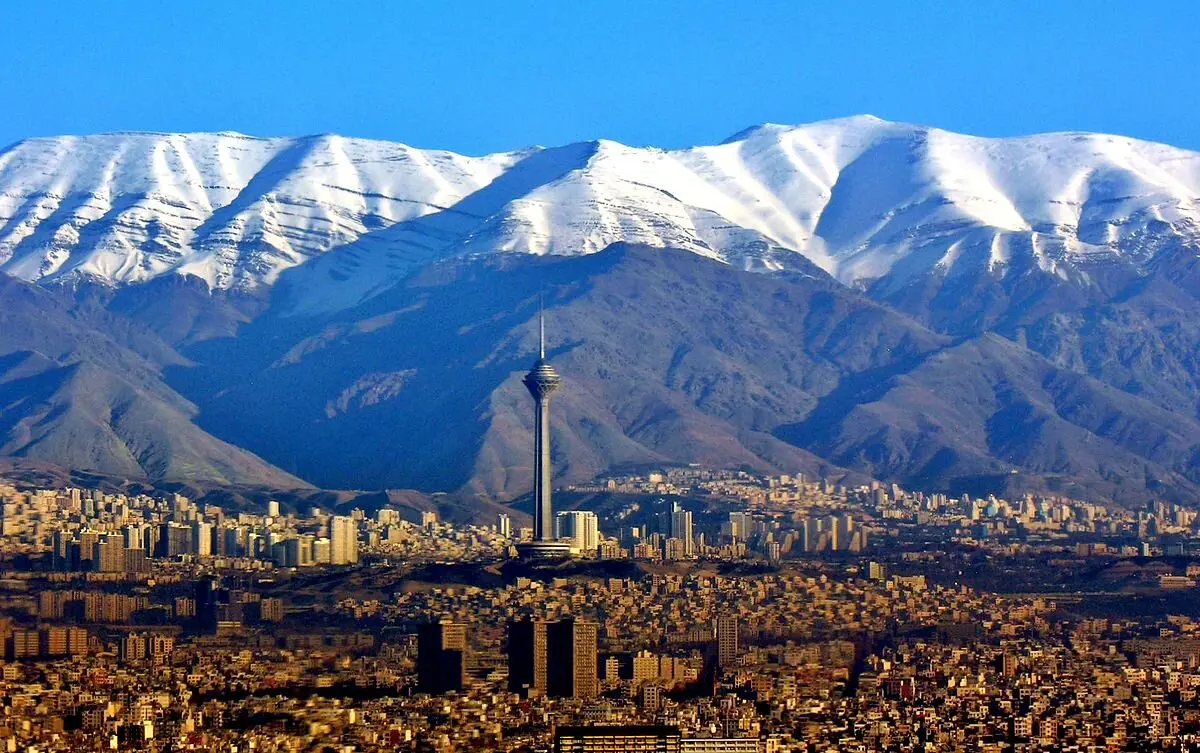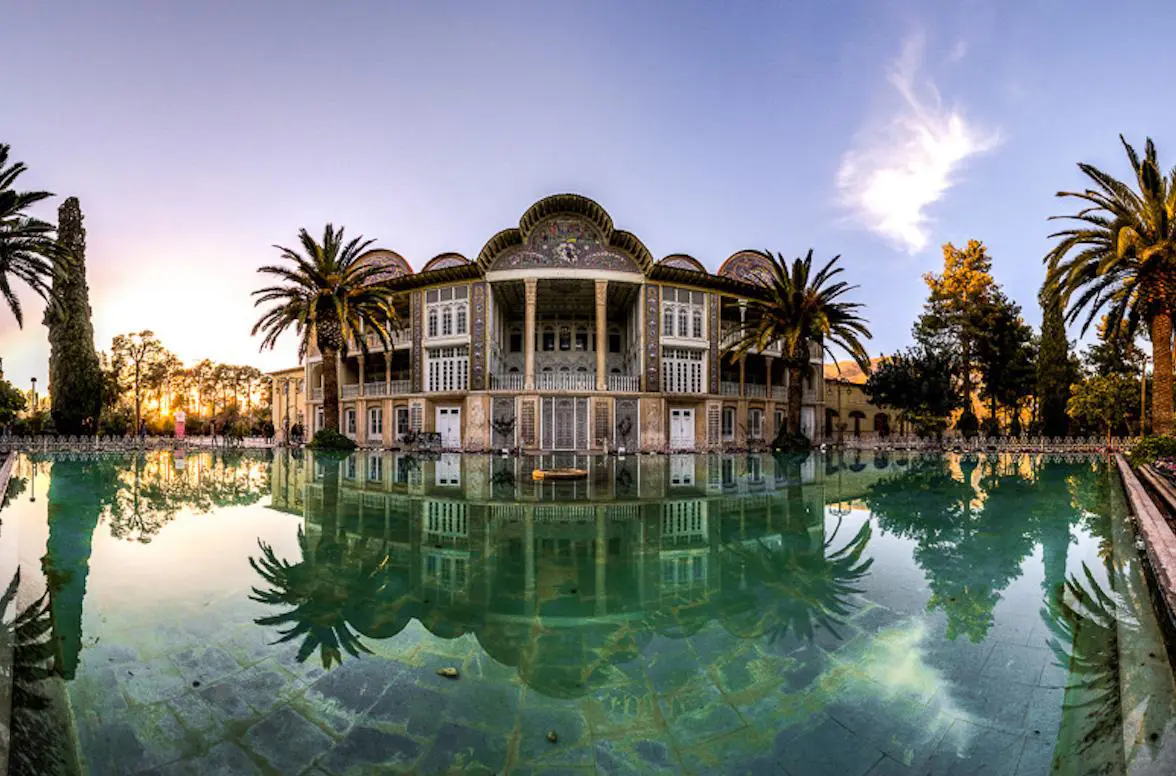Persian culture, history, and the warmth of its people have long captivated travelers from around the globe. Though largely hidden from view for decades, Iran is now welcoming those eager to experience this cradle of civilization. Seize the opportunity to be among the first to explore this burgeoning tourist destination. Join us on a journey through time, where ancient sites blend with exquisite Islamic art and architecture, all enriched by the vibrant spirit of Iranian hospitality.
Itinerary
Day 1 - Tehran
The tour begins at Bagh-e-Melli, previously known as Parade Square, where we’ll explore landmark buildings from the early 20th century, dating back to Reza Shah’s reign. Next, we visit the National Museum, which showcases Iran's extensive 7,000-year history through a remarkable collection of chronological archaeological finds. We then proceed to the UNESCO World Heritage site of Golestan Palace, the former Qajar dynasty headquarters from the 18th and 19th centuries. The tour continues with a stop at the vibrant Grand Bazaar of Tehran and concludes with a visit to the world-famous Treasury of National Jewels. Our final stop is the former US embassy, known as the Den of Espionage, which became notorious following its seizure in 1979 and the ensuing hostage crisis between Iran and the USA. Overnight in Tehran.
Day 2 - Tehran Qom Kashan Abyaneh Isfahan
On our journey to Isfahan, we begin with a brief stop at the Mausoleum of Imam Khomeini as we depart Tehran. Our next destination is the city of Qom, where we will visit the revered Holy Shrine of Hazrat-e-Masuma. From there, we continue to Kashan to explore its beautiful historical houses and the enchanting Fin Garden, a quintessential example of Persian garden design. As we make our way to Isfahan, we'll stop in Abyaneh, known as the Red Village, to experience its well-preserved architecture and distinctive red buildings. Abyaneh serves as a living museum of Iranian culture and architecture. [475 km / 295 miles] Overnight in Isfahan.
Day 3 - Isfahan
Iranians proudly say Isfahan is "half the world!" Once one of the largest cities globally during the 16th and 17th centuries and the capital of the Safavid dynasty, Isfahan boasts remarkable historical significance. Today, our journey begins at the UNESCO World Heritage site of Naghsh-e-Jahan Square, one of the world's largest city squares. Here, we will explore the six-story Aliqapu Palace, the Royal (or Imam) Mosque—an exquisite example of Persian Islamic architecture—the Sheikh Lotfollah Mosque, which served as the royal court's private mosque, and the Chehelsotoun Pavilion, renowned for its 40 columns.
Following this, we'll wander through the Qeysarieh Bazaar, starting from the northern edge of the square and ending at the Old Jameh Mosque of Isfahan, another UNESCO World Heritage site and one of Iran's oldest surviving mosques.
Next, we'll visit Jolfa, the Armenian quarter of Isfahan, to see Vank Cathedral, a notable symbol of Christianity in Iran. Our exploration continues along the Zayandeh River, where we'll admire several historical bridges, including Siosepol and Khaju, two of the city's most stunning structures.
Finally, we'll take a stroll down Charbagh Street, meaning "Four Gardens," a historic thoroughfare in the heart of Isfahan. Overnight in Isfahan.
Day 4 - Isfahan Naein Meybod Yazd
On our drive to Yazd, we'll make a stop in the desert town of Naein to explore the Jameh Mosque of Naein, one of Iran's oldest mosques, preserved in its original form. We’ll also visit the Pirnia Historical House, now an anthropological museum that offers insight into desert life.Continuing to the historic town of Meybod, we will see the Sassanid-era Narin Castle, one of Iran's oldest fortifications, as well as the Chaparckhaneh, an ancient post office, and the Safavid Caravanserai, one of the 999 inns built by Shah Abbas. Additionally, we'll visit a pigeon tower, a traditional dovecote used for housing pigeons and collecting their droppings as fertilizer for farming. [320 km / 200 miles] Overnight in Isfahan.
Day 5 - Yazd
Yazd, nestled in central Iran and set in a remote desert, has largely escaped the ravages of major conflicts, including the Mongol invasions. It stands as a testament to the ingenuity of survival in harsh desert conditions.
Our journey begins at the Amir Chakhmagh Complex, a prominent landmark known for its striking facade and religious significance. Next, we visit The Water Museum, which features a qanat running beneath it, showcasing ancient techniques of water management essential for life in this arid region.
We'll then head to the Jameh Mosque of Yazd, celebrated for its grand portal and towering minarets. Following this, we'll explore the narrow alleys of The Old Town, famous for its traditional earthen architecture and distinctive windcatchers.
Yazd has long been a sanctuary for Zoroastrians since the Arab conquest and remains a central hub for this ancient community. We’ll visit a Fire Temple, where the sacred fire is believed to have been burning since around 470 AD.
Our next stop is The Towers of Silence, where Zoroastrians practiced excarnation—exposing deceased bodies to vultures—until relatively recently. We’ll then proceed to Dowlatabad Garden, a classic Persian garden featuring a pavilion with the tallest windcatcher in the country.
Our tour concludes with a visit to a Zoorkhaneh, a traditional Persian gym, where we’ll have the opportunity to watch demonstrations of traditional Persian sports.
Day 6 - Yazd Abarkooh Pasargadae Persepolis Shiraz
As we journey toward Shiraz, we'll make a stop in Abarkooh to explore the Aghazadeh Mansion, notable for its pristine two-story windcatcher and an ancient adobe ice-house. In Abarkooh, you’ll also find a remarkable Cypress tree estimated to be 4,000 to 5,000 years old, traditionally believed to have been planted by Zoroaster.
Our next destination is Pasargadae, where we will visit the tomb of Cyrus the Great and the ruins of the Achaemenid Empire's first capital. From there, we head to Naghsh-e-Rostam, a necropolis featuring the tombs of Achaemenid kings and impressive Sassanid rock reliefs.
A short drive brings us to Persepolis, the grand ceremonial complex where ancient Persian kings celebrated Nowruz, the Persian New Year, at the spring equinox. The ruins here, dating back 2,500 years, offer a glimpse into the splendor of the Achaemenid Empire.
Before concluding our journey in Shiraz, we will visit the Quran Gate, a historical landmark believed to bestow blessings from the Holy Book upon travelers who pass beneath it.
Overnight in Shiraz.
Day 7 - Shiraz
Today's itinerary begins at the Qavam Mansion, renowned for its stunning orange garden and exquisite examples of Qajar-era interior design. Our next stop is the Nasirolmolk Mosque, also known as the Pink Mosque, celebrated for its vibrant colors and intricate tilework. Following this, we will visit the Shahcheragh Shrine, one of Iran's most significant holy sites.
Afterwards, we'll explore the Vakil Bazaar, an excellent example of Iran's traditional roofed bazaars. As we exit the bazaar, we'll admire the Vakil Mosque, famous for its distinctive spiral pillars and green marble minbar.
Our journey then takes us to the Vakil Hammam (Public Bath), where you can experience a detailed depiction of traditional Iranian bathhouses, complete with wax figures illustrating historical costumes and customs.
We’ll continue to the Karimkhani Citadel, the former headquarters of the Zand dynasty, before driving to the Eram Garden, a UNESCO World Heritage site and part of the city's botanical gardens.
We’ll conclude our day at the Hafiz Memorial, a tribute to Iran's beloved 14th-century poet, where locals gather to honor his legacy.
Exclusions
Flights
Personal insurance
Visa fees
Personal expenses
Tips and portages
Entrance fees
Inclusions
Hotel accommodation as mentioned
Breakfast
Comfortable A/C Vehicle for all transports
All mentioned sightseeing with English speaking guides
Additional Info
To finalize your booking, please complete and submit the booking form. You will receive a confirmation email with detailed terms of service once your booking is processed. A deposit of EUR 250.00 per person is required to confirm your reservation. If your departure is more than 14 days away, we can hold your booking for 48 hours without a deposit. For general terms of service, click here.






